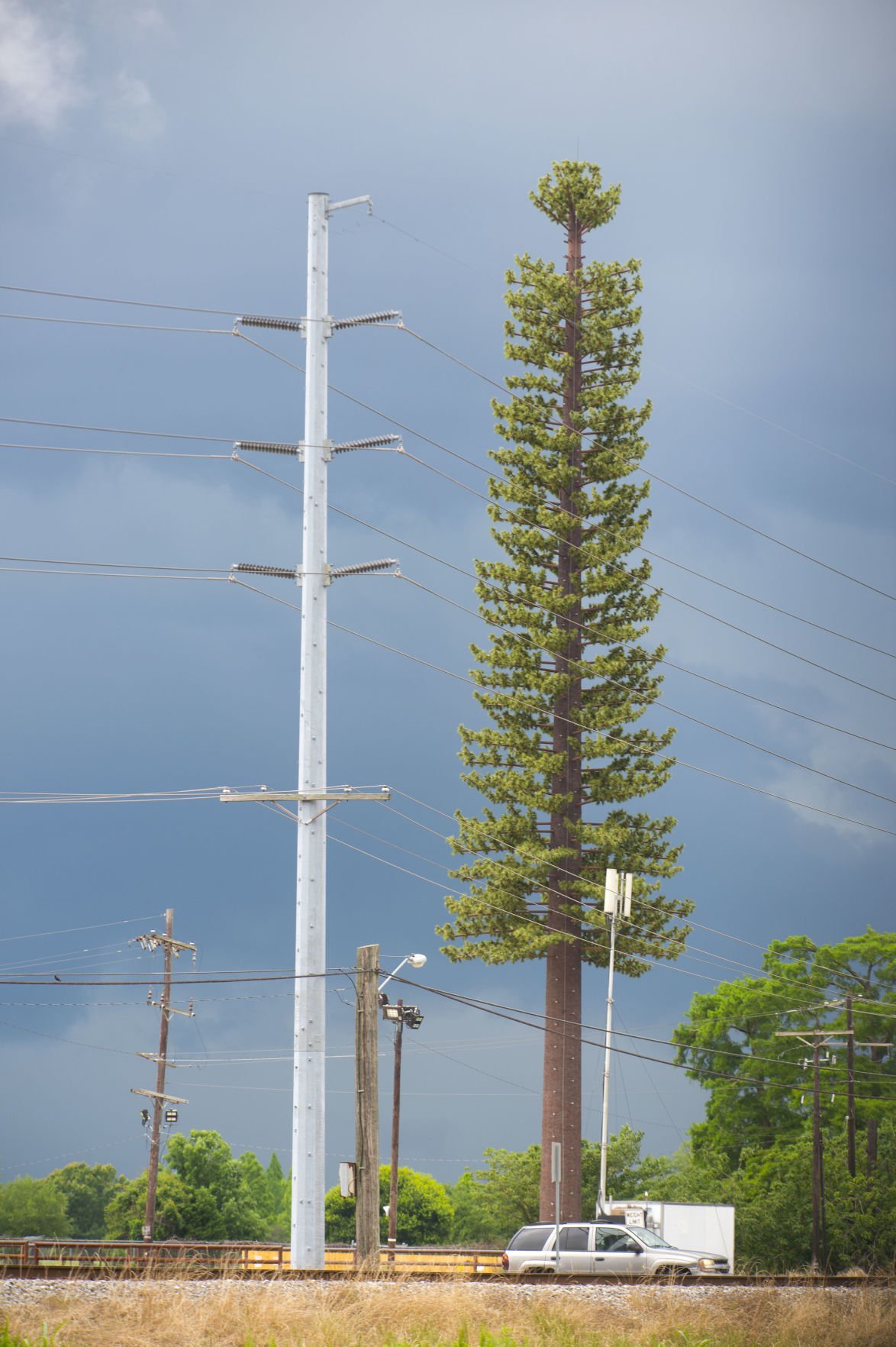If you've ever wandered through a city you might have noticed tiny mini 5G cell towers on the poles of street lights. They look like small boxes, but they're actually broadcasting wireless signals from cell phone providers to your mobile.
These smaller towers are replacing larger built cell towers. While they're not as noticeable, they still can create problems for those who live nearby.
The of the FCC's Radiation Exposure Thresholds
The FCC's Radiation Exposure Thresholds determine the safe distance that an individual can be exposed to electromagnetic energy generated by wireless devices. The limits of exposure are based on scientific data which show that the energy of RF can cause harm to health.
The rate of absorption called the specific absorption rate (SAR) is an indication of the amount of radiofrequency energy that is taken up by tissues. It's usually 1.6 watts per kilogram, spread over a Gram of tissue.
However, because 5g transmits at higher frequencies, it has the potential to create more energy on the skin and other exposed body areas. This can result in many potential problems, including an increased appearance of skin disorders like dermatitis, cancer of the skin and cataracts.
Due to the possible negative effects of 5G radiation, PSU has chosen to set a general localized maximum power density of four MW/cm2 measured across 1 centimeter, but not to exceed 30 minutes for all 5G services running at 3000 GHz. This localized limit is in accordance with the highest SAR that is spatially averaged at 1.6 W/kg averaged over 1 g of tissue at 6 GHz.

The FCC's Maximum Exposure Thresholds
Have you ever used a mobile phone, then you've probably realized that the safest range from the tower is at least 400 meters. This is because the transmitting power of cell towers increases drastically the further you are from it.
While it sounds like something that's good but the truth is that people living in close proximity to towers could be more prone to health issues. For instance, a study conducted in 2014 in India found that residents who lived within 50m from cell towers suffered significant more health issues than those living further distance from them.
However, this study also revealed that those who relocated into areas farther away from the cell towers saw their symptoms improve within a few days. 5g radiation have also demonstrated that exposure to extreme amounts of electromagnetic field radiofrequency (EMFs) can cause brain tumors, cancer and other health issues.
This is because RF radiation, which is used in wireless communication, can penetrate the human body's outer layer, the skin. It is crucial to know since the skin functions as a shield against injuries caused by mechanical forces, infections by pathogenic microorganisms, and infiltration of toxic substances. It is also the most important organ of the human body. It is responsible for keeping the integrity of other organs.
The FCC's Minimum Exposure Thresholds
The FCC's Minimum Exposition Thresholds are based upon numerous assumptions that are not supported by evidence from science. This includes the false assumption that short-term exposures to RF radiation is safe due to minimal radiation penetration in the human body (i.e., tissue heating).
This also overlooks the more extensive penetration of ELF parts of the modulated RF signal, as well as the effect of brief bursts of heat caused by RF pulses. These assumptions do not correspond with current understanding of the biological effects of RF radiation. As such https://te.legra.ph/Perhaps-there-is-any-harm-through-5g-03-07-4 shouldn't be considered for health protection exposure guidelines.
Additionally, the ICNIRP and FCC are limiting the maximum limits of exposure to peak local SARs, based on the peak speed of spatial absorption (psSAR), which can be described as not a reliable dosimetric instrument to assess the amount of radiation exposure. In particular, psSAR is inaccurate for frequencies that exceed 6 GHz. Furthermore, psSAR has not been evaluated for RF radiation exposed to other environmental agents such like sunlight. Interactions of RF radiation and other agents in the environment could cause synergistic or antagonistic impacts. This can lead to an increased risk of adverse health adverse effects. For example, exposure to RF radiation and sunlight could increase the risk of skin cancer, as well as aggravate other skin diseases such as acne.
